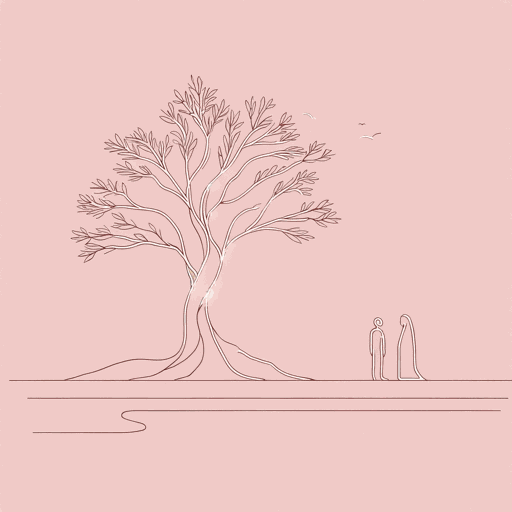55 pages • 1 hour read
Chinelo OkparantaUnder the Udala Trees
Fiction | Novel | Adult | Published in 2015A modern alternative to SparkNotes and CliffsNotes, SuperSummary offers high-quality Study Guides with detailed chapter summaries and analysis of major themes, characters, and more.
Symbols & Motifs
Trees
Early in the novel, trees are symbolic of Ijeoma’s familial home, regardless of location. Ijeoma catalogues the trees of Ojoto, “thick with fruit: orange, guava, cashew and mango trees [...] tall irokos, whistling pines, and a scattering of oil and coconut palms” (3). Adaora plants new versions of some of them in Aba: “another guava tree and an orange tree. A mango tree and a pawpaw tree” (63).
Trees also symbolize love, desire, marriage, and fertility. Ijeoma and Chibundu were once a “small boy and girl up in an orange tree” sharing a “clumsy kiss” (233). When Chibundu proposes to Ijeoma, a mango tree is being picked nearby (219), pointing to the way Chibundu harvests Ijeoma as his wife and his later insistence that she bear him a son. After Ijeoma leaves Chibundu, she sits on a tree stump “on the side of the road” near Adaora’s gate (314). The death of the tree symbolizes the death of the marriage.
Udala trees are of particular importance, as the novel’s title makes clear. Ijeoma meets Amina under an “udala tree” (104). Later, however, Amina affirms her decision to marry a man instead of be with Ijeoma while “leaning on an udala tree behind one of the [Girls’ Academy] buildings” (172).

